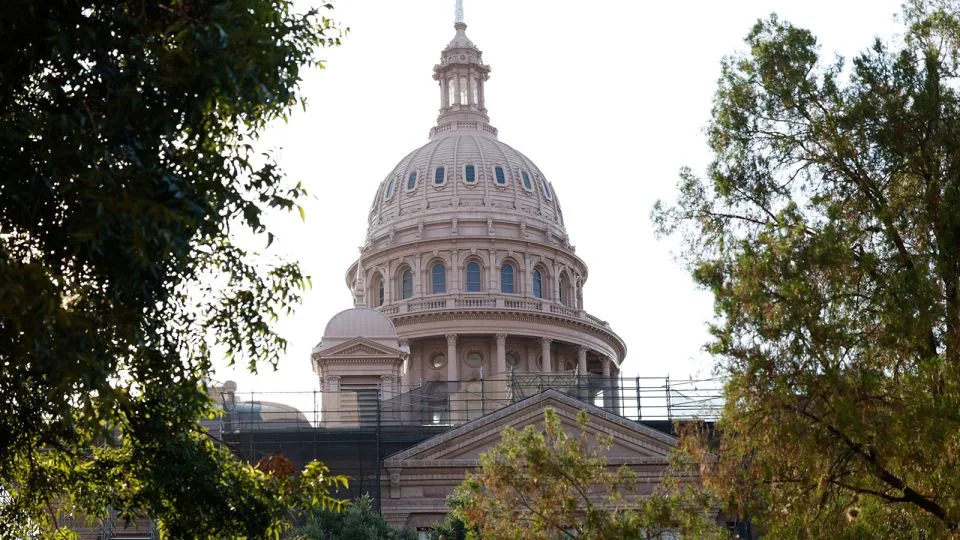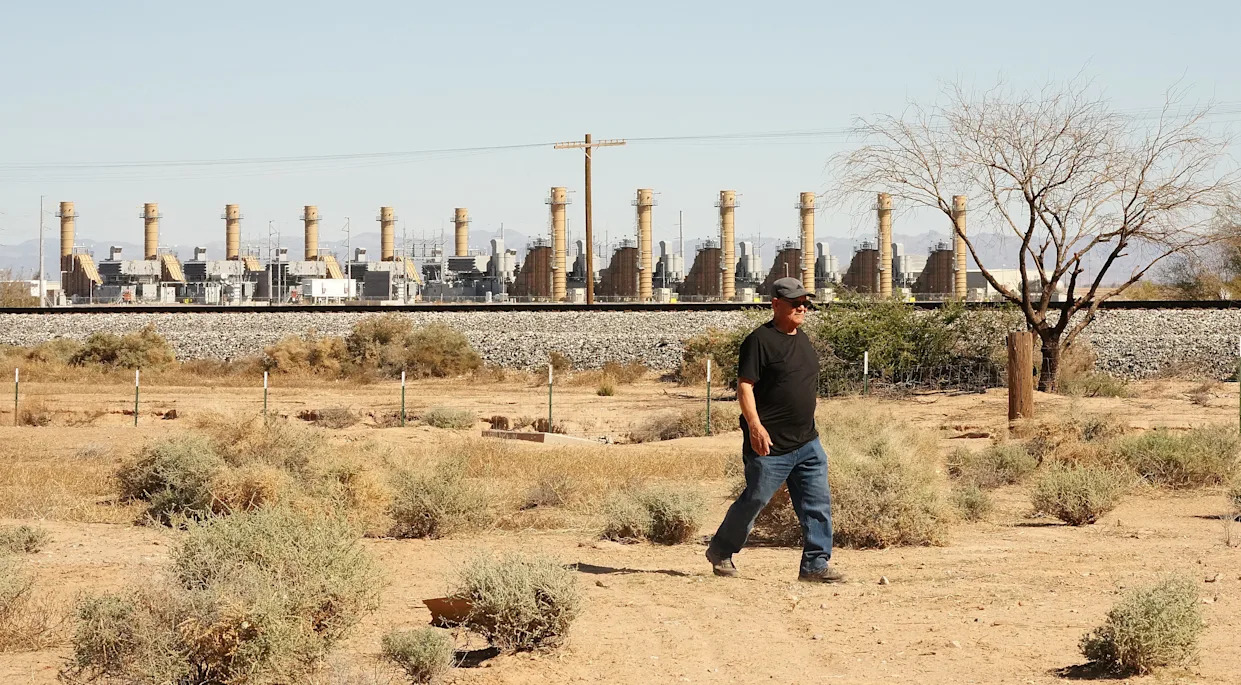
The Texas Senate could vote Friday to approve new congressional maps drawn to help Republicans win as many as five more House seats in next year’s midterm elections.
It’s the final legislative hurdle for the redistricting plan sought by President Donald Trump and Gov. Greg Abbott — one that ignited an intensifying, nationwide redistricting arms race.
California Democrats responded to the Texas effort on Thursday by approving their own new congressional maps, a Gov. Gavin Newsom-led bid to nullify the GOP’s gains in Texas by handing Democrats five more favorable House districts.
Newsom’s plan will require another significant step: In California, where voters took the power to draw congressional maps away from lawmakers in 2010, implementing the Democrats’ new maps will require the state to hold an election on November 4 in which voters will be asked to approve a constitutional amendment to override the lines drawn by the state’s independent redistricting commission.
The race to redistrict — a process that typically only takes place once a decade, after the completion of the US Census — is likely to expand in the coming weeks. The White House is looking to Ohio, where a quirk of state law requires the legislature to approve new maps this year, as well as Missouri, Florida, Indiana and South Carolina, where the party is in full control of the state governments, as avenues to add more favorable districts. Democratic governors in Illinois, Maryland and New York have also floated redrawing their maps to add more Democratic-leaning districts.
“Game on,” New York Gov. Kathy Hochul said on X Wednesday after the Texas House passed its new maps.
Mid-decade redistricting is unusual, and state lawmakers aren’t being coy about why they are doing so now. Texas state Rep. Todd Hunter, the Republican who sponsored the new congressional map in the House, said during a floor debate Wednesday that he did so “to give Republicans an opportunity where they haven’t in the past.”
California state Sen. Catherine Blakespear, a Democrat, said during a floor debate Thursday that Republicans “started this madness.”
“Republicans are trying to cheat to win congressional midterm elections under their unpopular president, and Democrats are fighting back. This is about trying to level the national playing field so we can have something close to fair elections for Congress in 2026,” Blakespear said.
Texas awaits Senate vote
In Texas, the Republican-dominated state Senate still must approve the redistricting plan before it heads to Abbott’s desk to be signed into law. The Senate adjourned Thursday night without voting on the new maps, and is scheduled to reconvene at 10 a.m. CT Friday.
However, the drama largely seemed to end Monday, when Democratic House members who had fled the state for 15 days to deny the House the two-thirds quorum it needs to do business returned to Austin.
House Speaker Dustin Burrows sought to prevent Democrats from leaving the state again on Monday by locking the chamber doors and requiring the Democrats who had boycotted to sign permission slips agreeing to be escorted by a Department of Public Safety officer who would return them when the House reconvened Wednesday. State Rep. Nicole Collier refused and remained on the House floor for two nights; more Democrats ripped up their permission slips and joined her for the second night.
Those Democrats vowed Wednesday night, minutes after the House’s 88-52 party-line vote, to wage a legal battle against the new congressional maps.
“This fight is far from over,” said state Rep. Gene Wu, the House Democratic leader. “Our best shot is in the courts.”
Before they’ve even been signed into law, the new maps are already reshaping the midterm landscape. Democratic Rep. Lloyd Doggett, who represents what’s now the 37th District, said he would not seek reelection if the new maps are upheld by courts. His retirement would stave off a potentially bruising primary against another Democratic congressman, Rep. Greg Casar, whose current district would be retooled to favor Republicans under the new proposed maps.
California voters have final say
Unlike the Texas redistricting bill, which required no constitutional amendment, the California effort moved in three parts. One bill is the constitutional amendment; another funds the November 4 election; and another includes the maps themselves. All three passed both chambers of the legislature on Thursday on largely party-line votes.
The California redistricting plan will only take effect if voters approve the amendment of the state’s constitution in that November election to temporarily replace the state’s independent redistricting commission’s House maps with new Democratic maps for the 2026, 2028 and 2030 elections.

California Republicans have long acknowledged that their best chance of blocking the redistricting effort is by defeating it at the ballot box. A coalition of gerrymandering opponents and Republican leaders has already started to form to defeat the initiative, known as Proposition 50. State and national Democrats are also preparing to defend the initiative.
Newsom argued that California’s effort is “in stark contrast to what you’re seeing in Texas,” because voters must sign off before the new districts can take effect.
“I signed the first bill ever signed by a governor of any state in US history that will place in front of the voters maps for their determination. It’s the most democratic redistricting effort that has been advanced,” he said in a livestream with supporters Thursday.
The plan from California Democrats initially included a trigger to only take effect if another state engaged in mid-decade redistricting, but that provision was removed on Thursday, one day after the Texas House passed the GOP-drawn congressional maps.
“Because Texas Republicans have voted,” the trigger language “is no longer necessary,” Nick Miller, communications director for Assembly Speaker Robert Rivas, said in a statement.
For more CNN news and newsletters create an account at CNN.com








Comments